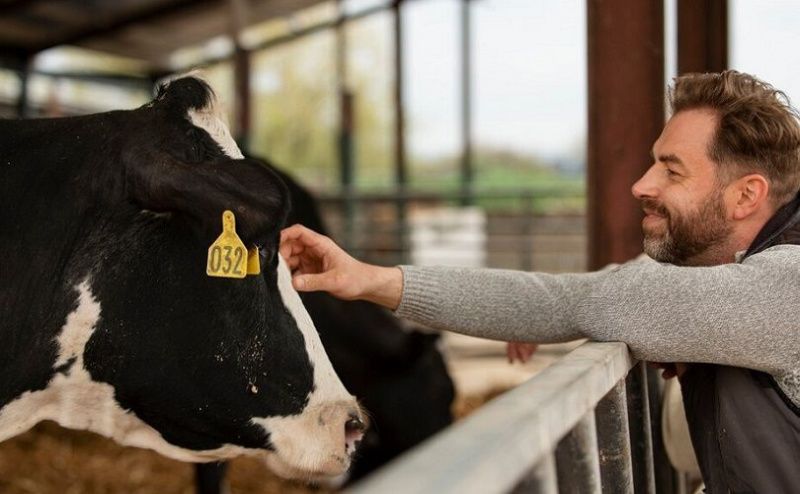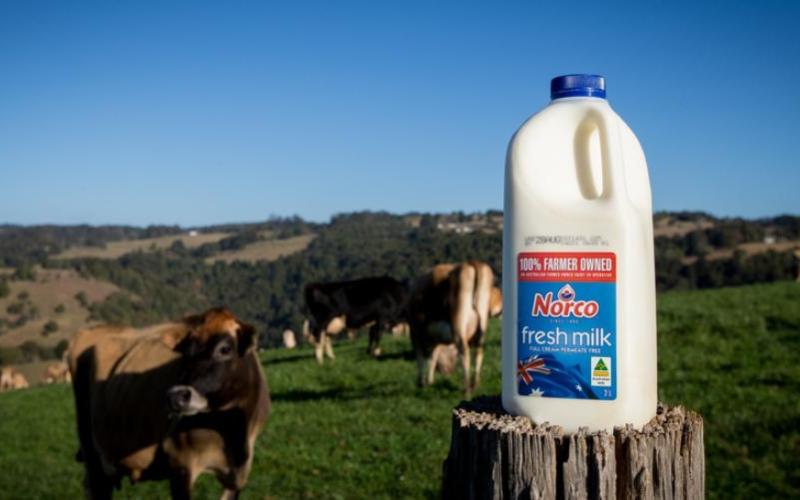Navigating H5N1: Comprehensive Guide to the Current Bird Flu Outbreak and Its Broader Implications
Sourse: The DairyNews
As COVID-19 recedes from the daily headlines, bird flu, or avian influenza, has emerged as a significant concern. Thankfully, public health authorities currently do not anticipate this outbreak reaching the scale of a global pandemic.

However, the virus has affected poultry across 48 states, dairy cows in nine states, and even two individuals in Texas and Colorado, raising concerns about its broader implications.
Understanding Bird Flu
Bird flu, particularly the highly pathogenic avian influenza (HPAI) type currently prevalent, poses severe risks to both wild and domesticated birds, significantly impacting the poultry industry and potentially the global economy. The U.S. Department of Agriculture (USDA) distinguishes this from the less severe strains that primarily affect wild fowl but may evolve into HPAI among poultry.
The viruses are categorized into four types - A, B, C, and D. Human seasonal flus are typically caused by types A and B, with bird flu categorized under type A. The specific H5N1 strain circulating in the U.S. is known for its rapid spread among birds, potentially affecting global bird populations, as explained by Edwin Michael, PhD, from the University of South Florida College of Public Health.
Transmission to Humans and Mammals
H5N1's ability to shift genetically allows it to potentially mix with human influenza viruses, leading to new viral strains capable of causing epidemics. Such occurrences are rare but have historical precedents, such as the 1918 Spanish flu and the 2009 swine flu pandemic.
Despite not being typically transmissible among humans, the current H5N1 strain has managed to infect over a dozen wild mammal species, indicating its evolving nature. This includes surprising new hosts such as dairy cattle, catching virologists off-guard.
Recent Developments and Safety Measures
Monitoring of the latest bird flu outbreaks began in January 2022 with detections in wild and domestic birds and now dairy cattle. The outbreak's reach in poultry is substantial, with nearly 91 million birds affected across the U.S.
Public health guidelines continue to assure the safety of poultry and dairy products, emphasizing proper cooking and pasteurization processes to eliminate the virus. The U.S. Food and Drug Administration (FDA) and USDA are actively studying the situation, ensuring public health safety regarding milk and poultry consumption.
Conclusion
While the risk to the general population remains low, the continuous monitoring and research into H5N1's behavior and transmission are crucial. This ongoing vigilance helps mitigate the virus's potential impact, keeping the public informed and prepared.
This guide aims to provide clarity on the current state of the H5N1 outbreak, addressing public concerns and highlighting the efforts to control its spread.
Understanding Bird Flu
Bird flu, particularly the highly pathogenic avian influenza (HPAI) type currently prevalent, poses severe risks to both wild and domesticated birds, significantly impacting the poultry industry and potentially the global economy. The U.S. Department of Agriculture (USDA) distinguishes this from the less severe strains that primarily affect wild fowl but may evolve into HPAI among poultry.
The viruses are categorized into four types - A, B, C, and D. Human seasonal flus are typically caused by types A and B, with bird flu categorized under type A. The specific H5N1 strain circulating in the U.S. is known for its rapid spread among birds, potentially affecting global bird populations, as explained by Edwin Michael, PhD, from the University of South Florida College of Public Health.
Transmission to Humans and Mammals
H5N1's ability to shift genetically allows it to potentially mix with human influenza viruses, leading to new viral strains capable of causing epidemics. Such occurrences are rare but have historical precedents, such as the 1918 Spanish flu and the 2009 swine flu pandemic.
Despite not being typically transmissible among humans, the current H5N1 strain has managed to infect over a dozen wild mammal species, indicating its evolving nature. This includes surprising new hosts such as dairy cattle, catching virologists off-guard.
Recent Developments and Safety Measures
Monitoring of the latest bird flu outbreaks began in January 2022 with detections in wild and domestic birds and now dairy cattle. The outbreak's reach in poultry is substantial, with nearly 91 million birds affected across the U.S.
Public health guidelines continue to assure the safety of poultry and dairy products, emphasizing proper cooking and pasteurization processes to eliminate the virus. The U.S. Food and Drug Administration (FDA) and USDA are actively studying the situation, ensuring public health safety regarding milk and poultry consumption.
Conclusion
While the risk to the general population remains low, the continuous monitoring and research into H5N1's behavior and transmission are crucial. This ongoing vigilance helps mitigate the virus's potential impact, keeping the public informed and prepared.
This guide aims to provide clarity on the current state of the H5N1 outbreak, addressing public concerns and highlighting the efforts to control its spread.
Key News of the Week














